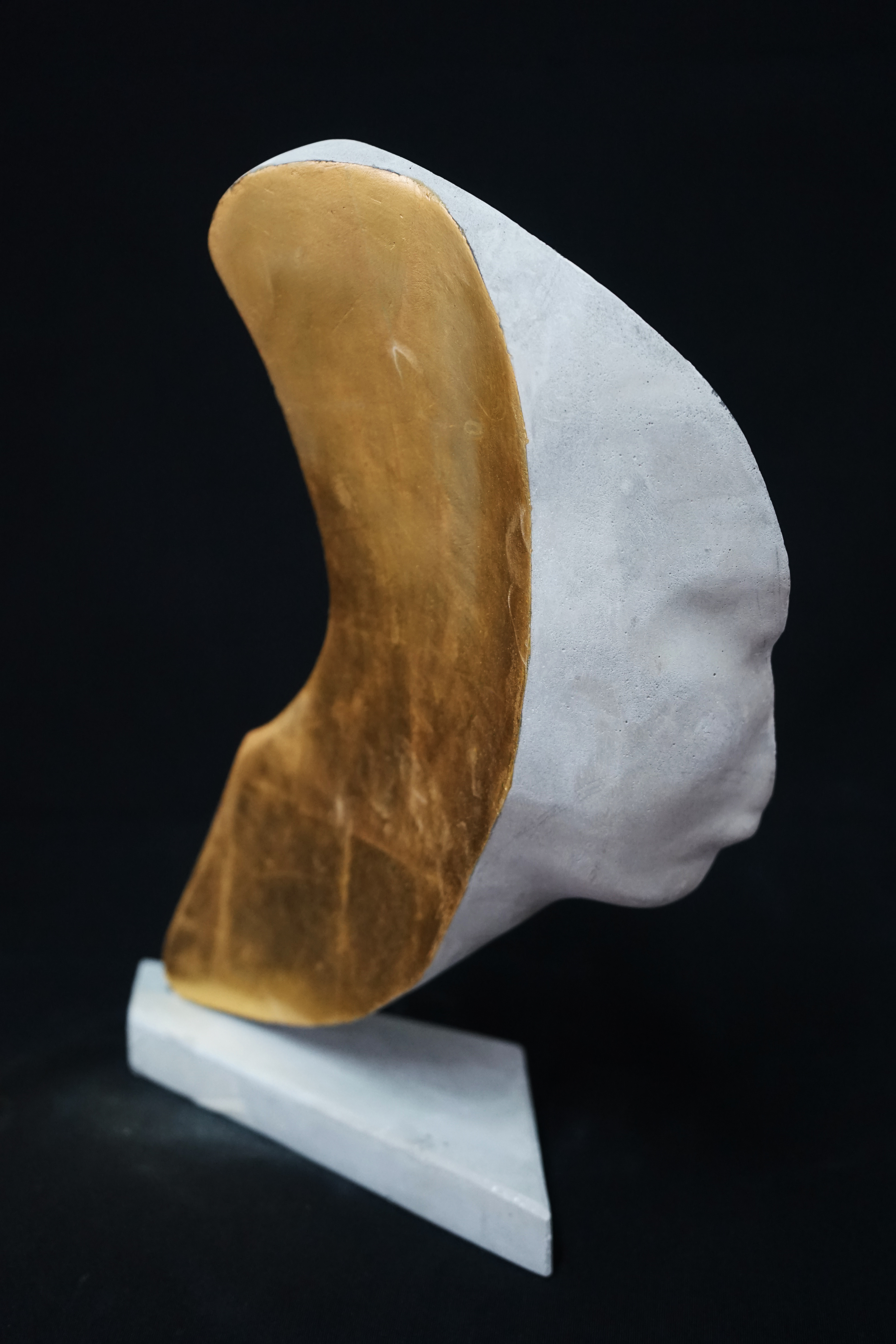Fragment explores bodies, surfaces, spaces, faces through sculpture and drawing. “Let us imagine a plan in space. Let us imagine that this plane may have the ability to dissect, according to perpendicular or oblique directions, fractal or variously articulated solids which it encounters in a precise spatial and temporal dimension. When the plane rotates and changes direction, the resulting fragments turn out always different and the functions must be recalculated each time based on the changed conditions. The sectioned object is presented in two different configurations: the fractal in its primitive state and the Euclidean one defined by the section plane. The two structures present in the fractionated body are subject to different laws: while one is based on an algorithm, the other can be expressed by means of an equation and the overall measurement of the object is simultaneously elementary and complex. It is a method of non-separation and non-disjunction of knowledge levels. Paolo Garau uses a similar method of analysis in sculpture and drawing: by sectioning with ideal planes, Paolo breaks the continuity of the surfaces, differentiates the volumes in the space and the results of his shaping matter and energy are anatomical segments of an unidentified humanity, silent, sleeping (cit. “Classical introspections” by Anna Maria Panzera), which guard significant information and consciences, protected as in a womb. Paolo Garau’s artistic research starts from a thorough knowledge of reality, but it is not a naturalistic vision of classical art; he proceeds with the decomposition of the objects but it is not the cubist’s multiplicity of views; he deforms the figure but it is not a tragic existential condition of expressionism. Instead, he breaks the complexity, introducing simplicity and triggering an internal elaboration process. The white and candid fragment does not reveal the arcane intimate world of things, but internalizes and implodes it in itself, in order to activate the unconscious mechanisms of imagination. Fragility, evanescent troubles, metaphysical memories remain captured on the smooth surface, which is also snowy or covered with a golden patina. The faces of the piano theory are anonymous, not recognizable in their precise features, sometimes coinciding with essences of anatomical pieces. They leave the body beyond themselves and turn into segments of possible and probable reality. They dress in distant reminiscences and find themselves transformed into solids of revolution with sinuous and soft contours. They contain every human being and they hope for a simple and immediate contact that can transfer visions and images. They wait to be freed and to acquire renewed identities. So, intervening on marble, on cement, on plaster, the artist performs the operation of subtracting and adding: removing material, incorporating energy and non-matter according to an exponential function. And in them finding an infinite number of possible futures, floating along multiple horizons of events, coexisting in different dimensions, arriving at the moment before the singularity where space
